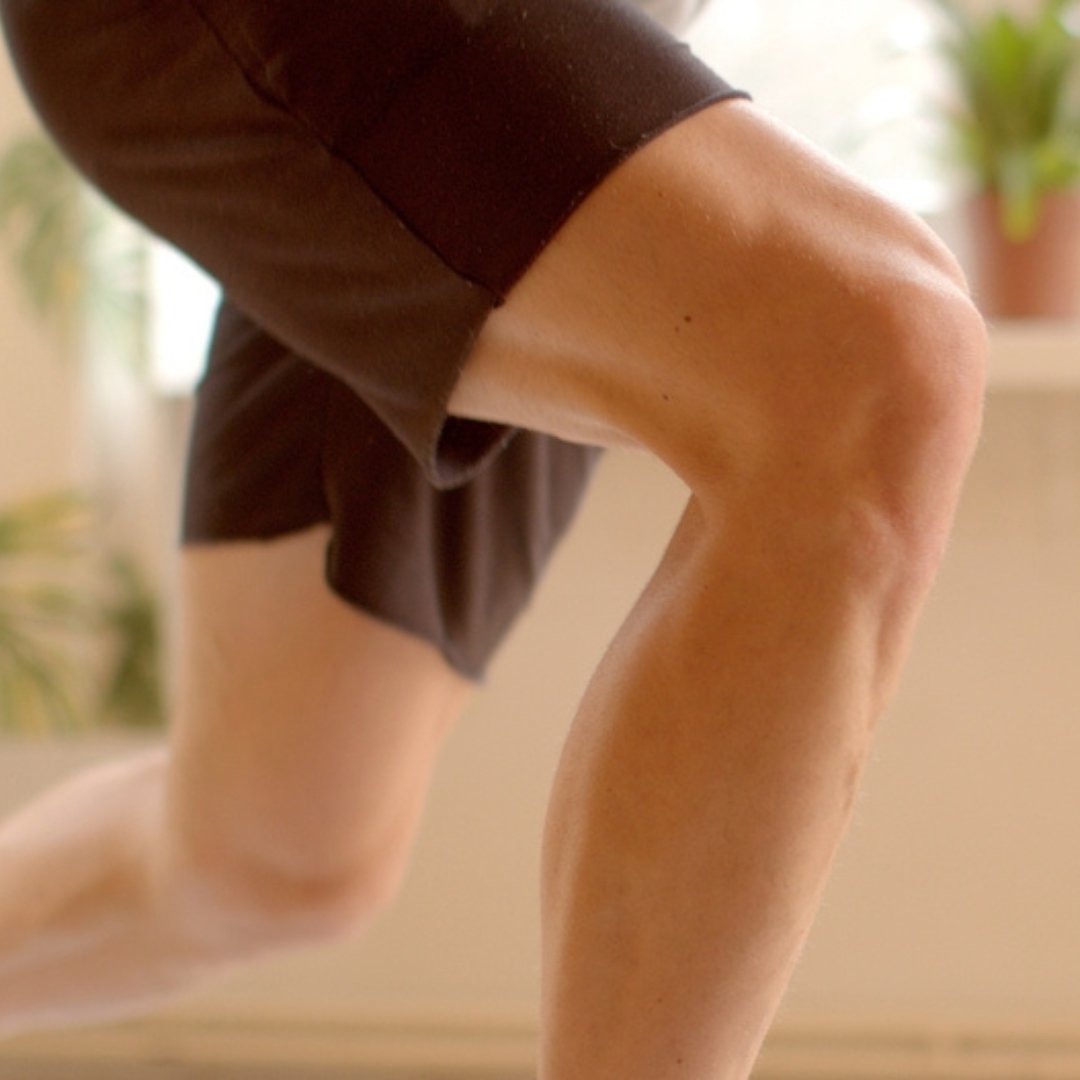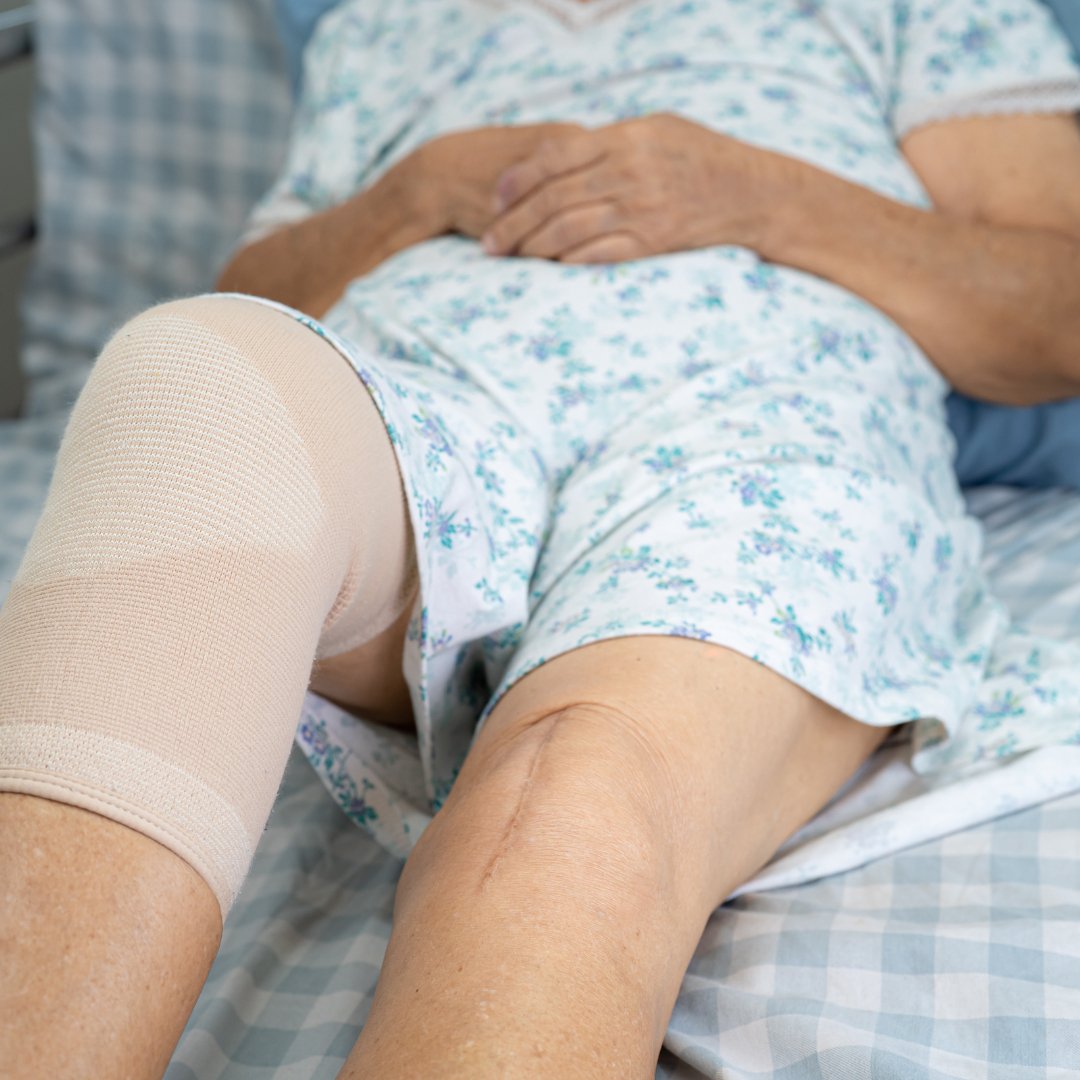
Neuromuscular Training for Knee Stability: What It Is and Why It Works
Learn how neuromuscular training improves knee stability, balance, and proprioception to support joint health and prevent injuries.
Knee replacement rehab has come a long way in the last couple of decades. What used to mean long hospital stays and hours of therapy in a rehab facility has now shifted to shorter hospital visits, even outpatient surgery, and a stronger focus on your at-home recovery. The entire process looks and feels different, and while you spend less time in clinical settings, the responsibility for your progress rests more on your daily commitment to home exercises.
One of the biggest changes in knee replacement rehab is how quickly you leave the hospital. In the past, a hospital stay often lasted three to five days. Now, many people are discharged after one or two nights, and in some cases, total knee replacement surgery is even done on an outpatient basis. This change reflects advances in surgical techniques, anesthesia, and pain management.
Leaving the hospital sooner can feel empowering, but it also means you need to be prepared to manage more of your own care once you get home.
It used to be common for patients to transition to an inpatient rehabilitation facility after leaving the hospital. An inpatient rehabilitation facility is a specialized medical center designed to help patients recover after major procedures by providing intensive therapy and round-the-clock support. In this setting, patients typically received about three hours of physical and occupational therapy per day, six days a week, during the first few weeks after surgery. That added up to nearly 18 hours of therapy each week, along with 24-hour care and supervision from nurses and other healthcare professionals.

Today, most people are discharged directly home. Instead of an intensive rehab schedule, you may have outpatient physical therapy two or three times a week or receive home health visits twice a week. That means you are now only spending a few hours each week with a therapist.
With fewer in-person therapy hours, the focus of knee replacement rehab has shifted to your home exercise program. What you do on your own each day can be the difference between getting your range of motion back quickly or struggling with stiffness and pain for longer than necessary.
Your therapist may provide written instructions or videos for you to follow at home. Sticking to these exercises is crucial. You are essentially your own coach for the majority of your knee replacement recovery.
The best way to stay on track is to make your home exercises part of your routine. Set aside specific times each day to complete them, just like you would take medication or attend an appointment. Keeping a notebook or calendar to track your progress can also help you stay accountable.
While the new approach has many benefits, it also comes with challenges. It is easy to lose motivation when you only see your therapist a couple of times a week. Some people push themselves too hard on good days and pay for it later with swelling or pain. Others may do too little and risk falling behind on their goals.
The key is to listen to your body and pace yourself, but also to commit to your home exercises consistently. Think of your recovery from knee replacement surgery as a full-time job during the first 30 days after surgery.
Your therapist should give you clear guidance on what progress to expect each week. For example, you may be told to reach a certain degree of knee bend or be able to walk a set distance. If you are not meeting these benchmarks, it is a sign you may need to adjust your routine or seek additional support.
In today’s world, technology plays a bigger role in helping you stick with your exercises at home. Many programs provide video demonstrations, online check-ins, or equipment that mimics the techniques used in a therapy clinic. These tools make it possible to practice safely and effectively without having to visit a facility or see a therapist every single day.

The shift from inpatient rehab to home exercises has placed more responsibility on you, but it has also given you more control over your progress. You are not limited by a facility’s schedule or transportation challenges. Instead, you can do the work right in your own living room, as often as needed.
If you are preparing for total knee replacement surgery, it helps to understand how much your home program matters. While you will still have support from therapists, the majority of your progress will come from what you do on your own. That can feel intimidating, but with the right tools and mindset, you can succeed.
GoKnee was designed with this reality in mind. It provides a complete knee replacement rehab program that includes prehab (what to do before surgery), a structured post-operative exercise plan (what to do after surgery), and long-term maintenance support (how to transition into an ongoing exercise program that keeps your knee strong). With its specialized knee device and guided exercise videos, GoKnee allows you to safely perform skilled techniques at home without relying on daily in-person visits. The program has shown excellent outcomes, which you can explore here.
Learn more about how it works here.
Good luck on your knee journey!
Good knees start here. Don’t miss a step, subscribe to KneeMail for free tips from knee expert Shehla Rooney, PT!

Learn how neuromuscular training improves knee stability, balance, and proprioception to support joint health and prevent injuries.

Learn why knee stiffness isn’t only caused by aging and discover strategies to ease pain, improve mobility, and support long-term knee health.

Learn the difference between PTs and PTAs in knee physical therapy, their roles, and how it impacts your care and co-pay.

Discover knee injuries and conditions that may lead to total knee replacement and learn options to ease chronic pain.

Discover the real cost of knee replacement surgery, from hospital bills to PT co-pays, insurance coverage, and hidden expenses.